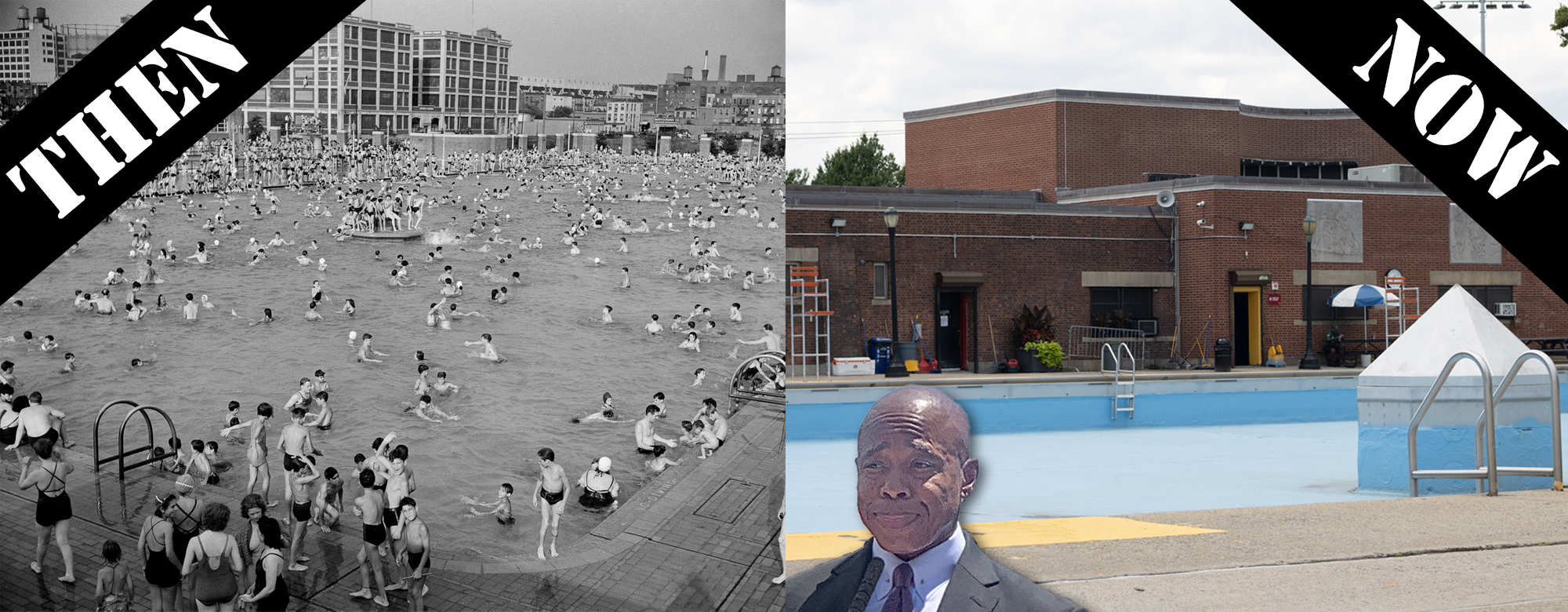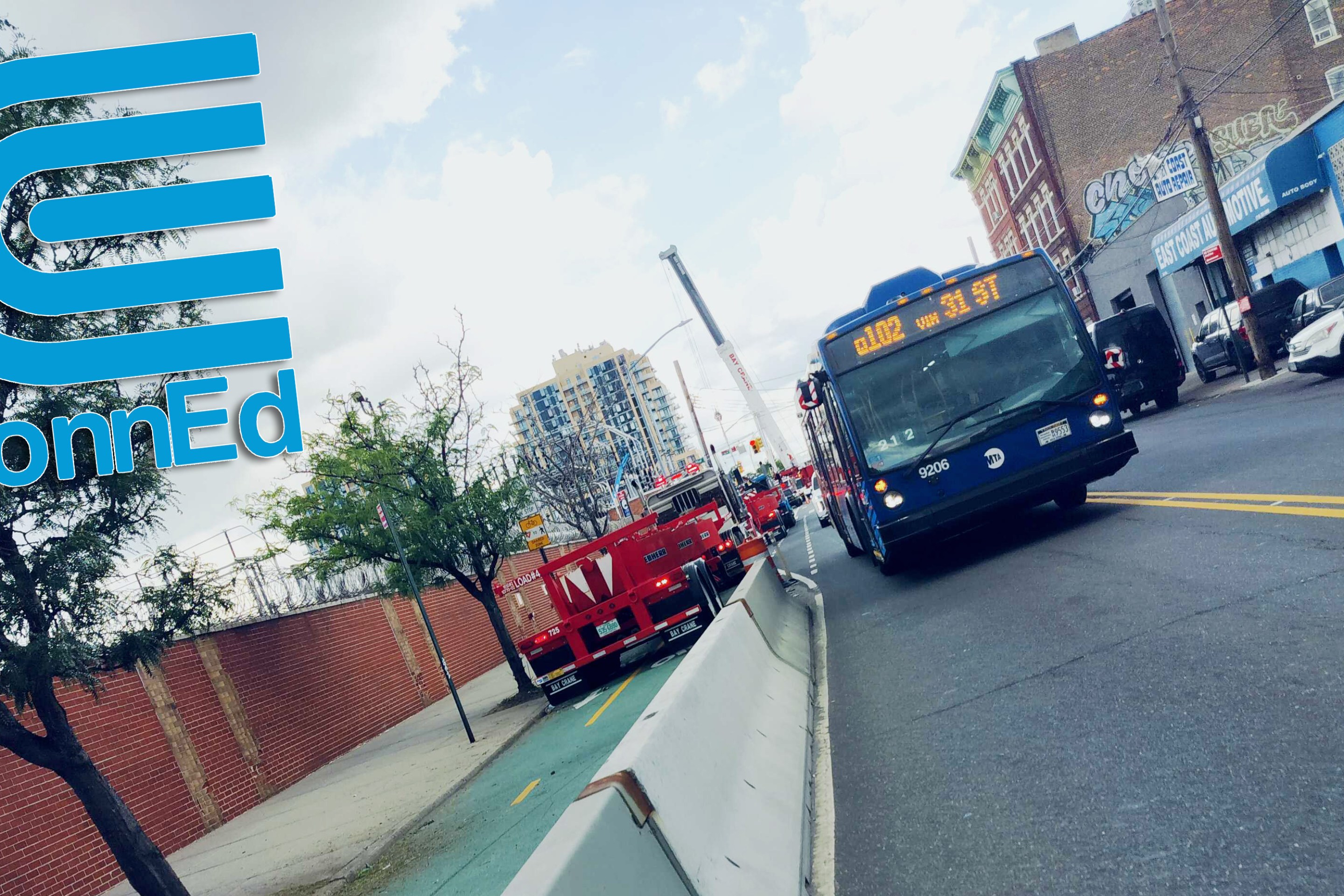It's been two months since Houston debuted its redesigned bus network, with routes and schedules intended to make the bus appealing to more people. Jarrett Walker, who blogs at Human Transit, consulted on the project, and today he shares his take on the early ridership numbers.
Weekend ridership is already up significantly -- that makes sense because one of the objectives of the redesign was to boost weekend and night service. But total bus ridership is down somewhat, compared to last year.
Walker says that's to be expected after a huge change that people are still getting used to, and there are a few other factors to keep in mind too:
A downtick in ridership right after a major service redesign is routine. Because humans are so habit-driven, people who find the new network less convenient disappear as riders while the vastly more who will find it more convenient take some time to figure that out.
I would not have been surprised at a drop of a few percent. Indeed the total drop in local bus ridership, counting the weekday drop and the weekend surge, is under 4%.
But when we remember the other things that happened:
- Major bus markets shifted to light rail, both through new rail lines and deletion of bus lines competing with existing rail lines.
- Suggestions of a contextual bus ridership drop unrelated to the New Network, tied to falling gas prices and how that affects the Houston economy.
... I don't think we know that any of an 8% drop in weekday bus ridership can be attributed to the New Network. And compared to what we expect one month after implementation, that's a rousing success.
It will take a few years for people to incorporate the new network into their travel habits, and Walker says the numbers so far are consistent with the trajectory he expects: a 20 percent ridership gain compared to the previous network. It will be interesting to see.
Elsewhere on the Network today: PubliCola reports a single property owner in Seattle has bankrolled a campaign against a local levy to fund the mayor's Move Seattle transportation plan. Move Arkansas wonders if the state Department of Highways and Transportation's plans for widening I-30 conflict with the state's constitution. And Greater Greater Washington compares the location of the central train stations in Baltimore and Washington.





